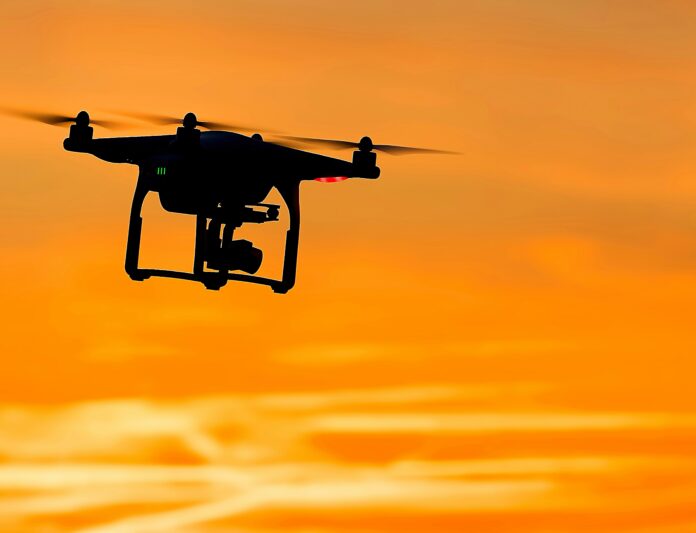This post is also available in:
 עברית (Hebrew)
עברית (Hebrew)
An innovation developed by a team of Chinese scientists has the potential of revolutionizing electronic warfare by using drones to deceive enemy radar systems. According to South China Morning Post, the researchers have created a device that can turn a small radar reflector, which is roughly the size of an iPad, into a massive unidentified flying object (UFO) on radar screens. The device can project an illusion of a UFO as large as a sports stadium, effectively confusing and distracting enemy radar operators during military conflicts.
This new technology, described in the Chinese-language journal Radar Science and Technology, represents a shift from traditional stealth technology, which focuses on evading radar detection. Instead, the Chinese innovation manipulates radar echoes to create misleading and oversized radar images, thereby causing confusion and misdirection. According to Interesting Engineering, the key to this innovation lies in its radar cross-section (RCS)—the measure of how a target reflects radar waves. By using a radar reflector, the scientists increased the RCS to an astonishing 5,240 square meters, making a small drone appear as a much larger object on enemy radar.
The team demonstrated the device’s ability to significantly mask the characteristics of actual targets, thereby achieving tactical advantages. This method could be particularly effective in overwhelming radar systems, especially when deployed in swarms of drones.
The device has shown notable performance, especially when operating in the X-band frequency, which is crucial for weapons control and target tracking. The system’s design allows for miniaturization and scalability, making it a highly adaptable tool in modern warfare. The inspiration behind the innovation traces back to a 1959 patent by radar expert Lester C. Van Atta, whose concept was finally realized through modern advancements in radar technology.
This new approach to electronic warfare offers a unique way to disrupt enemy operations.


























